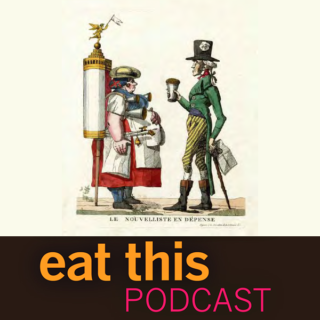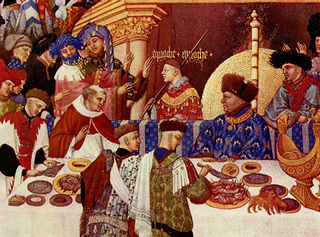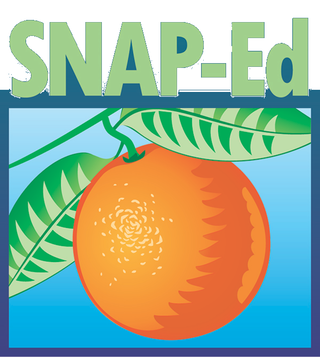UK government reports on antibiotic use in agriculture have resulted in calls for farmers to reduce their non-therapeutic use of antibiotics. To do that, though, it would help to know how much antibiotics farms actually use, a number that is surprisingly hard to uncover. A new survey of 358 dairy farms by the Dairy Herd Health Group at the University of Nottingham’s School of Veterinary Medicine and Science provides some clues. ((The article – Hyde, RM., Remnant, JG., Bradley, AJ., Breen, JE., Hudson, CD., Davies, PL., Clarke, T., Critchell, Y., Hylands, M., Linton, E., Wood, E., Green, MJ. (2017) Quantitative analysis of antimicrobial use on British dairy farms Veterinary Record 181, 683. – is behind a paywall. I relied on a press release.))
The key finding is that farms vary a lot. More than half the antibiotics (per kilogram of cow) are used on just a quarter of the farms. The researchers point out that a good first step to reducing overall use of antibiotics on dairy farms would be to concentrate on the few farms using the most antibiotics.
Pressure may also come from supermarkets. On Wednesday The Guardian reported that first Marks & Spencer and then Waitrose, two of the more upmarket food retailers in the UK, published figures on the use of antibiotics by their suppliers.
And, in (almost) unrelated news, researchers at Arizona State University have discovered that bacteria in honeybee guts can transfer antibiotic resistance from one species to another. According to a press release:
“To our surprise, we found that instead of one gut bacterium acquiring resistance and outcompeting all the other gut bacteria in honey bees, the resistance genes spread in the bacterial community so that all strains of bacteria survived,” said Gro Amdam, a professor with ASU School of Life Sciences and co-author of the paper.
I’m surprised that this was a surprise. Horizontal transmission of antibiotic resistance among gut bacteria has been a concern in livestock and people since at least the 1960s. Why would bacteria in bees be any different.
 Ask the internet “who invented mayonnaise?” and likely as not you’ll still be told it was a French chef after the battle of Mahon in 1756. Lacking cream, he whipped up an emulsion of egg yolks, oil and vinegar. How that was supposed to substitute for cream, history does not record. But then, history does not record the actual event either. It’s fake news of the finest kind.
Ask the internet “who invented mayonnaise?” and likely as not you’ll still be told it was a French chef after the battle of Mahon in 1756. Lacking cream, he whipped up an emulsion of egg yolks, oil and vinegar. How that was supposed to substitute for cream, history does not record. But then, history does not record the actual event either. It’s fake news of the finest kind.
 Egg is to bacon as orange juice is to coffee. Smoked salmon is to dill as lamb is to asparagus. South Asian is to rice as Southern European is to thyme.
Egg is to bacon as orange juice is to coffee. Smoked salmon is to dill as lamb is to asparagus. South Asian is to rice as Southern European is to thyme. Changes in food fads and fashions are endlessly fascinating. Often, they’re related to status, as technological advances make formerly elite foods available to the masses. And then, of course, the elites have to find new foods to set themselves apart, sometimes adopting with glee foods hoi polloi were only too glad to abandon. That certainly seems to be the case for bread. Where once the whitest, lightest loaves were the preserve of nobility, nowadays the nobles flock to wholewheat, artisanal loaves.
Changes in food fads and fashions are endlessly fascinating. Often, they’re related to status, as technological advances make formerly elite foods available to the masses. And then, of course, the elites have to find new foods to set themselves apart, sometimes adopting with glee foods hoi polloi were only too glad to abandon. That certainly seems to be the case for bread. Where once the whitest, lightest loaves were the preserve of nobility, nowadays the nobles flock to wholewheat, artisanal loaves.  The Supplemental Nutrition Assistance Program is supposed to give poor people in America enough help to buy a nutritious diet, and it has been under fire over the past year. Not only do people want to cut back on the benefits, some even want to make SNAP recipients undergo mandatory drug testing. Back in February, I spoke to Parke Wilde, an economist at the Friedman School of Nutrition Science and Policy at Tufts University in Boston, about SNAP and what it can deliver in terms of nutrition. Here’s a small second helping of part of our conversation.
The Supplemental Nutrition Assistance Program is supposed to give poor people in America enough help to buy a nutritious diet, and it has been under fire over the past year. Not only do people want to cut back on the benefits, some even want to make SNAP recipients undergo mandatory drug testing. Back in February, I spoke to Parke Wilde, an economist at the Friedman School of Nutrition Science and Policy at Tufts University in Boston, about SNAP and what it can deliver in terms of nutrition. Here’s a small second helping of part of our conversation.